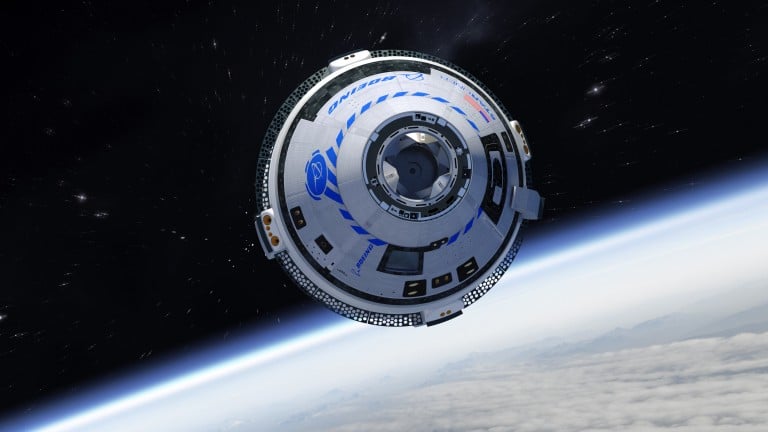NASA safety officials have revealed that the Boeing Starliner’s failed attempt to dock with the International Space Station last December—the vehicle’s first ever flight into space—was marked by multiple software problems, not just the error that had been previously disclosed. In fact, they say, a second issue put the spacecraft at risk of a “catastrophic” failure.
The first glitch: We already knew that Starliner’s December 20 mission, an uncrewed test flight, ended early when the spacecraft’s engines did not burn as intended. This was due to a faulty internal timer, as previously reported. The issue meant it was unable to rendezvous with the ISS, and returned to Earth just 48 hours later. NASA now says a coding error caused Starliner to pull its time from the mission’s Atlas V launch vehicle, creating an 11-hour mismatch.
The second glitch: But now NASA has revealed there was a second coding error, this time in the sequence that governs Starliner’s preparation for reentry into Earth’s atmosphere. If it had not been addressed, Starliner would have erroneously fired its thrusters, resulting in uncontrolled motions that could have made the service module collide with the crew module—potentially damaging the crew module’s heat shield, or causing it to tumble dangerously during descent.
The glitch was caught and fixed by ground crews the night before the spacecraft returned to Earth. Jim Chilton, a senior vice president at Boeing, says the glitch wouldn’t have been found if the timer error hadn’t prompted mission control to look for more faults in Starliner’s software.
Rising concerns: Neither NASA nor Boeing had given any previous indication of more than one issue, although both organizations became aware of the problems during the mission. The coding errors should have been noticed in multiple checks conduced by both parties, officials said. “Our NASA oversight was insufficient,” says Doug Loverro, the head of human spaceflight at NASA.
What’s next: NASA’s independent review panel is recommending a complete review of Boeing’s software verification process, and Boeing plans to re-review all of Starliner’s software—more than one million lines of code.
The panel is still finishing its own review of the mission and craft. NASA has still not given any indication of how these new revelations will affect Starliner’s 2020 time line, and whether it will require another uncrewed test flight to the ISS before Starliner can take people into space. A decision is expected by the end of February.

